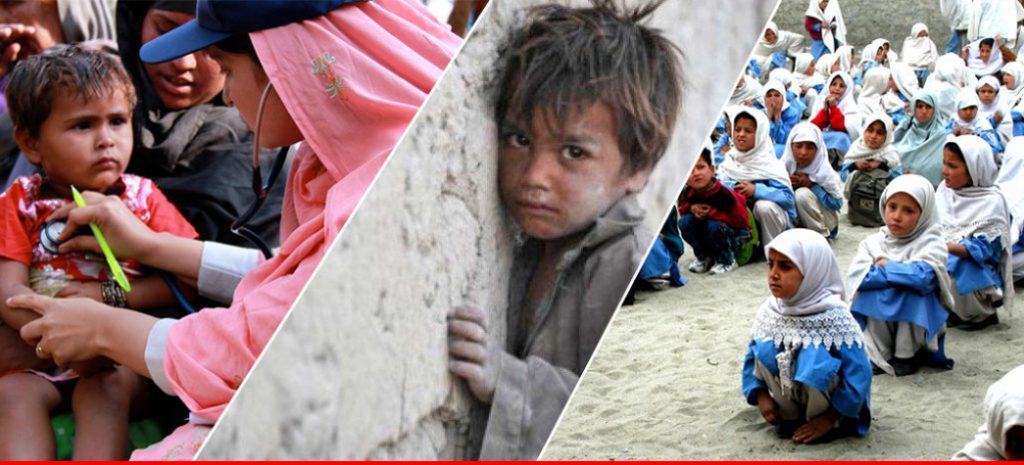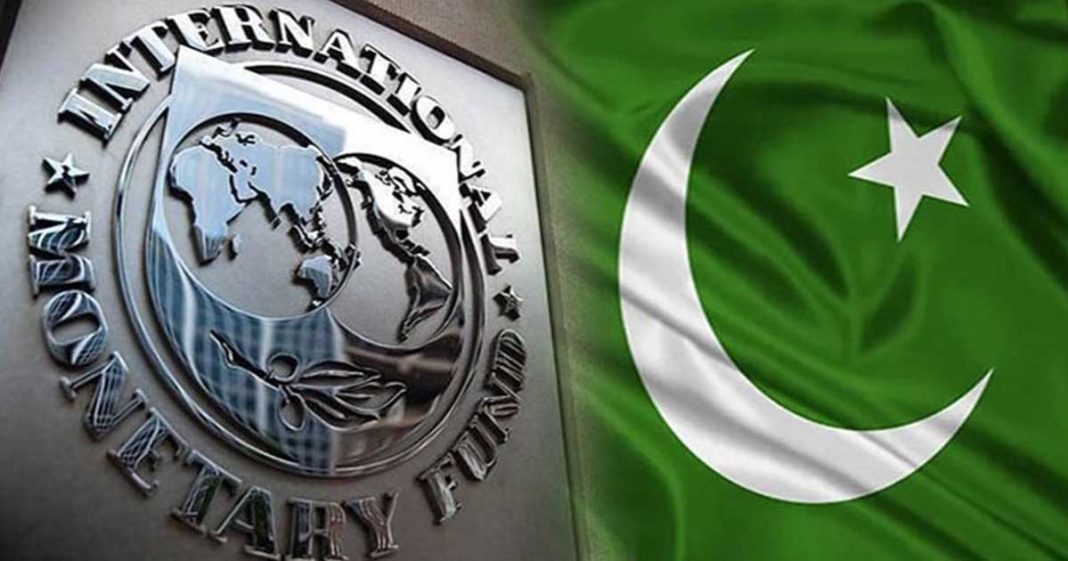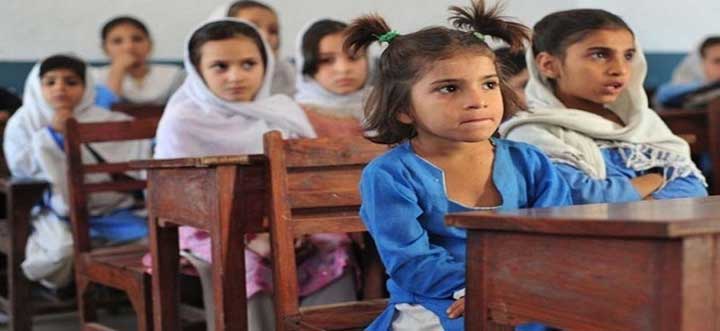NEWS DESK
ISLAMABAD: The civil society of Pakistan welcomed the pledges of more than $9 billion made by the international community for flood recovery efforts in a recent UN conference and urged for swift action to rehabilitate those affected by the floods. This was said in a joint statement issued by the civil society here in Islamabad. Special emphasis was laid on prioritizing education in the distribution of disaster aid to support the swift recovery of the education system in the affected areas. The press statement was jointly issued by the Pakistan Coalition for Education (PCE), an initiative of the Society For Access to Quality Education, Centre for Peace and Development Initiative (CPDI), Pakitan Youth Change Advocates (PYCA), United Global Organization of Development (UGOOD), and renowned educationist, Dr.A.H. Nayyar.
The statement was accompanied by a joint call to action asking state and non-state actors to take immediate measures to bring the displaced children back to school. This entails diverting sufficient disaster aid towards education as well as providing conditional cash transfers to the affected households to facilitate the education of their children.
The call-to-action also stressed the need to make Pakistan’s education system resilient to future emergencies by speedy and quality reconstruction of damaged school infrastructure complete with basic facilities such as boundary walls, washrooms, clean drinking water, utilities, multiple classrooms, teaching aides, and a minimum number of trained teachers. Building back better also demands making a strong preparedness and disaster-risk management component inherent to the education system at the federal, provincial, district, and school levels. Finally, the National Curriculum of Pakistan (NCP) needs to be revised so that it can impart age-appropriate “green”, Disaster Risk Reduction (DRR) and Disaster Risk Management (DRM) education to students.
“The 3.5 million students who were displaced as a result of last year’s floods in Pakistan belong to the same group of marginalized children whose education was most affected by the COVID-19 pandemic. Before the Covid-19 pandemic, there were an estimated 22.8 million out-of-school children (OOSC) in Pakistan. The majority, or 77% of these OOSC, hailed from rural areas and 54% of them were girls,” shared Zehra Arshad, the National Coordinator for PCE. “It is also important to highlight here that 96% of all the children living with various forms of disabilities in Pakistan have no access to education at all.” She also added that a significant portion of these funds should be allocated towards providing resilient education in flood-affected areas to ensure that children could continue their education and rebuild their lives in the aftermath of the floods.
The statement stressed for the disaster aid to be used effectively, and efficiently and called for its equitable distribution among the most vulnerable communities. The CSOs also called for proper monitoring and accountability mechanisms to ensure across-the-board transparency.
The statement highlighted that an estimated 930,000 school-going students in Pakistan dropped out as a direct consequence of prolonged school closures after the pandemic, spiking the percentage of out-of-school children by 4.5%. “As per data emerging from Pakistan, a dramatic fall in enrollment was observed among 14-16-year-olds in the poorest households. The loss of learning was also 50% worse for children belonging to underserved socio-economic backgrounds,” shared Areebah Shahid, Executive Director of PYCA.
If the COVID-19 pandemic wasn’t sufficient to reveal the inadequacies of our education system, the 2022 floods have laid them bare. Shedding light on the crisis emanating after the floods, Mukhtar Ahmed Ali, Executive Director of CPDI said, “Over 25,000 schools have been fully destroyed or partially damaged and about 7,500 functional schools are being used as temporary shelters. This has deprived over 3.5 million students of accessing formal education in the affected areas.”
A coherent plan to diagnose learning poverty, and initiate remedial learning programs for students affected by school closures is the need of the hour. Special attention is needed to support the continuation of quality learning for marginalized groups including girls, children with disabilities, and transgender students.
“For any of this to materialize, it is important that the government does not compromise on investment in education and at least 4 to 6 percent of the GDP is diverted towards the education system,” said Zehra Arshad.



